The author of it all
After August 23, 2005, L'Equipe 's Damien Ressiot, already a busy journalist, was hard to get hold...
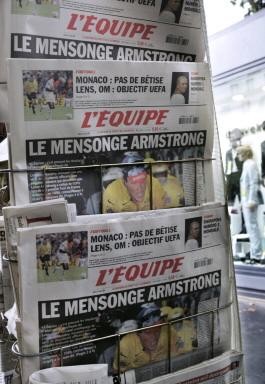
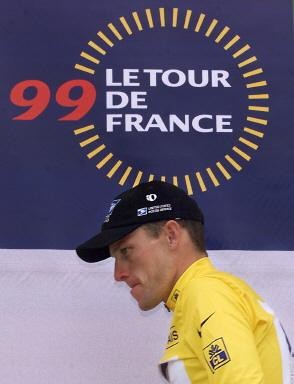
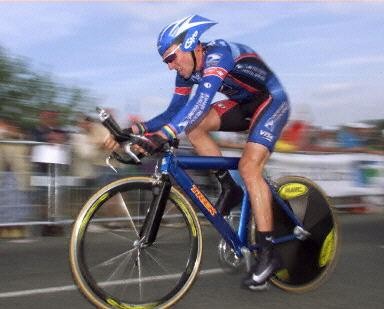
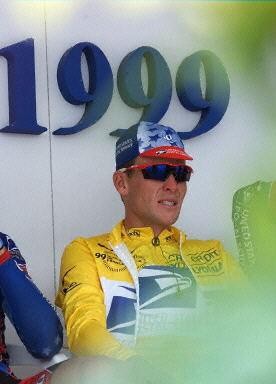
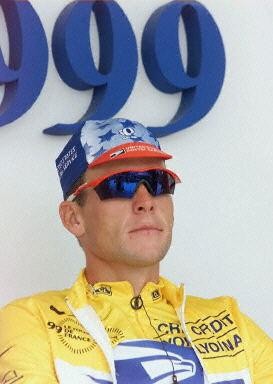

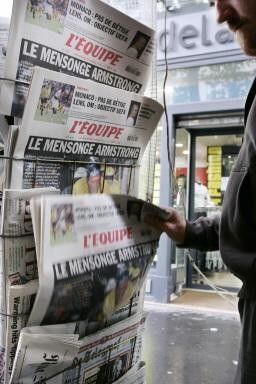
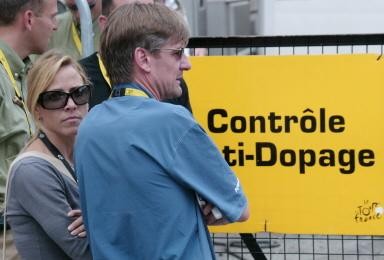
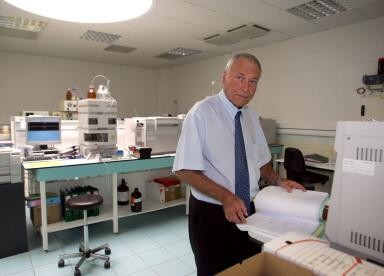
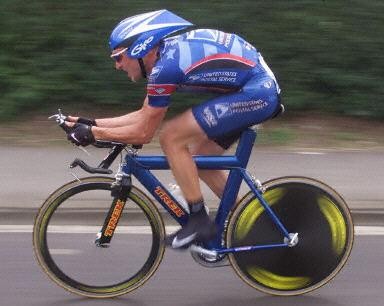


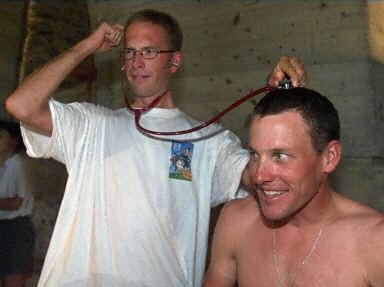

An interview with L'Equipe's Damien Ressiot, September 7, 2005
After August 23, 2005, L'Equipe's Damien Ressiot, already a busy journalist, was hard to get hold of. The author of several articles published in the first three pages of the paper that day that claimed there was proof Lance Armstrong took the banned doping substance EPO to win the 1999 Tour de France. Ressiot based his claim on the results of the French WADA-accredited laboratory Châtenay-Malabry, which had conducted retrospective testing of the leftover B samples from 1999 and 1998 in order to improve its methods of detecting EPO, as well as Lance Armstrong's doping test protocols of the first of his seven Tour victories.
While the French journalist has not revealed the sources of his information - and shouldn't be forced to do so - many have questioned Ressiot's approach on handling his alleged revelations: Armstrong himself called the course of action a witch-hunt, as four of the eight positive samples associated with his name, and no others were identified. Why didn't this happen? This was just one of the questions Cyclingnews' Hedwig Kröner was finally able to ask Damien Ressiot, when she got a hold of him on the phone last week.
Cyclingnews: What can you tell us about the time that elapsed between December 2004 (when the laboratory started the retrospective testing) and August 2005, when you published the documents which linked six of the 12 positive samples to Lance Armstrong? Some say your newspaper, L'Equipe, which is owned by the same organisation as Tour de France organiser ASO, did not want to publish the information too soon.
Damien Ressiot: The testing on EPO at the laboratory did indeed take a certain amount of time. Every test took them two and a half days and there were nearly 150 samples to test from the 1999 and 1998 Tours. Nevertheless, and even before I got hold of the results which were communicated to the two instances concerned (WADA and the French Ministry of Sport) on August 22, it took a very long time to obtain the doping test protocols [official forms to be filled in by the UCI Antidoping inspector in charge of the post-stage tests at the time these took place - ed.]. This explains the time gap.
When there was the Gonzalez de Galdeano affair in 2002, I wasn't afraid to reveal the fact that he tested positive for Salbutamol right in the middle of the Tour, which provoked an enormous scandal between the UCI and WADA, as well as the fury of Jean-Marie Leblanc (ASO Tour de France director). So to protect the Tour against an Armstrong affair wasn't a priority at all. The only priority I had was that of truth, and in order to obtain the information, I couldn't avoid the delay.
CN: Why did you identify only Lance Armstrong and not the other six 1999 positive samples as well?
Get The Leadout Newsletter
The latest race content, interviews, features, reviews and expert buying guides, direct to your inbox!
DR: When I found out that the laboratory of Châtenay-Malabry was conducting research on 1999, my initial and purely theoretical hypothesis was that this could be an interesting lead to verify the truth about Lance Armstrong's statements about his performances. I did focus on him as a person, on the challenge that he threw at the journalists ("Do you think I'm doped? Prove it!") and I admit that it's a little cruel to stigmatise him only. But he's the best rider of the seven last Tours, and after all, he's used to the fact that everything revolves around him. He declared himself patron of the peloton and addressed WADA director Dick Pound sharply by writing him an open letter, which got published in a lot of newspapers. He therefore has the shoulders to bear something like this.
But anyway, I don't have the means to publish the identities of the other six samples - if I had them in my hands, they'd be in the newspaper, that's for sure. It's not in my habit to protect anybody.
CN: Did you not think of the possibility that people would reproach you for this - not publishing all of the names? The fact that you concentrated on Armstrong only gave him some arguments against your investigation.
DR: Some of my colleagues have already reproached me for this, and many readers interpreted it negatively. But Armstrong's complaints are inadmissible: He made several declarations in the past that he would open his medical dossier, respond to all of the questions concerning the doubts surrounding him - basically, act like a champion with a clear conscience - and that never was the case. While I was working on the current revelations, I asked him to, and he didn't want to. He didn't do it for Walsh and Ballester either [authors of the book L.A. Confidentiel - ed.]. You can't say that you're ready to do it if you really are not. Of course, the information we published is very personal, but then you shouldn't announce that you're ready to reveal it any time if you're not going to!
CN: Where are the official protocols of the Tour de France antidoping tests stored? At the UCI, at the French Cycling Federation...?
DR: The protocols are not public, and they were very hard to get. Within the institutions, some say that they don't have them any more and I don't know if one has to believe them. The UCI has them, that's for sure. Of course, I can't give you my sources. All I can tell you is that it wasn't Sylvia Schenk, as French magazine L'Express put it in last week's edition of their paper. I can assure you of that. [Meanwhile, Cyclingnews contacted Schenk, who is complaining against the UCI over the legitimacy of its upcoming presidency elections, and she has also denied this firmly - ed.]
CN: How can you know that four of the positive samples in 1999 were taken after the prologue?
DR: When you read the results table of the laboratory, you see that the first series of samples that arrived in Chatenay-Malabry (the four flasks) bear one number that differs from the next number of presumably the first stage, where Lance's sample also revealed traces of EPO. Therefore, we can conclude this.
CN: But the names of the four riders tested at the prologue 1999 are no secret.
DR: Yes, that's true. If you take the book L.A. Confidentiel, on page 202, the names of the riders that were tested after the prologue are listed. [Cyclingnews knows of at least one other source which would also reveal those rider's names.] But I don't want to take the responsibility of publishing them because, on the lab results table, there are very technical remarks added to one of the prologue samples, which also tested positive but where some sort of reservations were made by the lab director. So we decided not to publish those names, as we'd need the original 1999 protocols to identify which sample belonged to whom. But the concerns of the lab director weren't directed at Armstrong's sample.
CN: Is there still enough urine left in the B samples to carry out another test?
DR: Yes, there is still enough material left for another analysis. So Armstrong could, if he wanted, ask another lab to test the samples again - of course, these are the B samples, so it wouldn't be the classic procedure where you need an A and a B sample.
CN: Will you publish the names of the other six positives?
DR: At the moment, no, but I'm working on it. I can imagine that a number of my French colleagues who reproached me that I didn't are also working on it. If they succeed, I will gladly feed off their revelations. Some of their letters weren't exactly pleasing. In fact, I have also received threats already for my work.